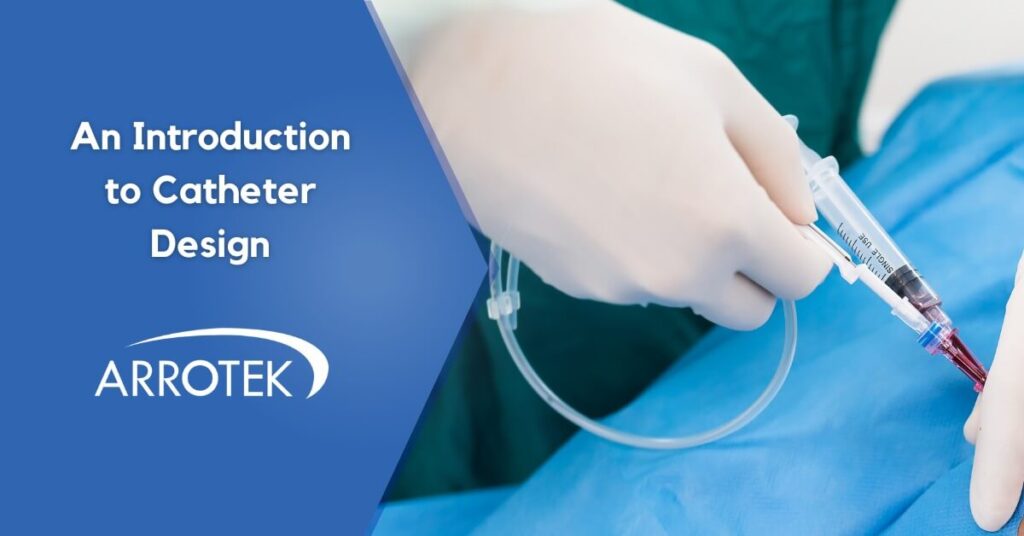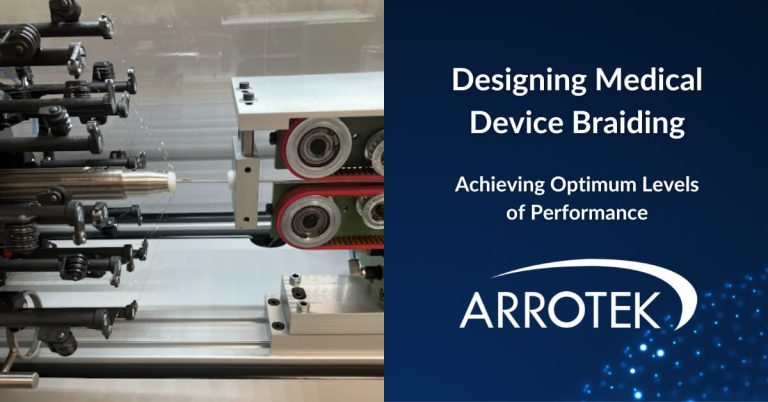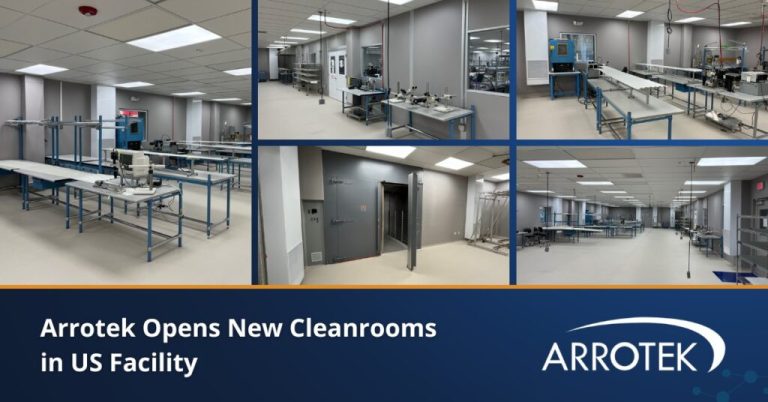
By Richard McLoughlin
Innovations in catheter design have led to immeasurable improvements in the treatment and diagnosis of patients around the world. Catheter technologies continue to advance, creating new opportunities to enhance existing capabilities as well as breaking new ground. If you are currently involved in the development of a new catheter product or you have an idea, the following introduction to catheter design will provide you with an overview of the process.
Key Considerations in Catheter Design
Intended Use and Indications for Use
The Intended Use definition for your new catheter describes its purpose and what it does. The Indications for Use describe when and where it will be used.
Performance Considerations
Essential performance characteristics to consider when designing a new catheter include push strength, tactile feel, lubricity, steerability, torque transfer (how the application of rotational force at the proximal end of the catheter translates to the distal end), kink resistance, and flexibility. It’s also important to understand that designing the catheter to optimise one performance characteristic will compromise others. Therefore, there needs to be a balance of performance characteristics in the design.
Number of Lumens
Multi-lumen catheters make it possible for more than one activity to take place during a procedure as there are multiple internal channels in the catheter.
Materials and Features of the Catheter’s Layers
Therapeutic and diagnostic catheters typically have three layers. This includes the inner layer. Wall thickness, flexibility, tensile strength, torque control, and kink resistance are all important characteristics of the inner layer.
The middle layer of a catheter is often the reinforcing layer, i.e., it reinforces the inner layer to give the device more complex capabilities. The two main types of reinforcement technologies are braid reinforcement and coil reinforcement. Braid reinforcement, for example, can enhance torque control.
For the outer layer of the catheter, considerations like delamination resistance and push strength are important.
The materials used depend on the type of catheter being developed and can include polymers like PTFE and Polyamide, as well as metals and metal alloys like stainless steel and Nitinol.
Catheter Components
Catheters typically comprise a range of different components including needles, cannulas, stylets, guidewires, luers, and handles. There are also advanced technologies that are increasingly being added to innovative catheters, including sensors and electrodes. These components need to be designed and/or specified, but it is also important to consider how they are integrated with the device, i.e., the manufacturing processes that will be used.
Sterilisation and Sub-Assembly
Sterilisation methods are often determined by the materials used in the manufacture of the catheter. It is also important to factor in sub-assembly considerations during the catheter design process, including bonding, packaging, tray sealing, and pouch sealing.
DFM and DFA
DFM stands for design for manufacturing and DFA design for assembly. Both concepts involve thinking about the product beyond the prototype production phase. In other words, designing the product so it is viable, both practically and financially, to manufacture and assemble in full-scale production runs.
Regulatory Considerations
After the design phase of a catheter development project, you are likely to move into a phase focused on obtaining regulatory approval. These are not distinct phases, however, where one stops and the other begins. Instead, the regulatory approval process should be considered throughout all steps of the design phase, including producing documentation as you go.
Product Lifecycle Plans
It is common for new catheter products to go through a number of design and development cycles, where a product obtains regulatory approval and is released onto the market before further design work begins to develop an upgraded version. It is beneficial during the design stage to factor in the product’s lifecycle strategy and future development plans as much as possible.
The Right Partner
Identifying the right catheter design partner to work with is one of the most important decisions you will make during the process. Working with an experienced partner will ensure you get the best possible product that, where applicable, pushes the boundaries of innovation in areas like material capabilities. The right partner will also have experience guiding projects through the various stages to ensure deadlines and milestones are met, as well as providing support in other areas such as regulatory support and prototype production.
Our Capabilities at Arrotek
At Arrotek, we offer a broad range of catheter design services and we are a leader in the development of minimally invasive medical devices and advanced catheter technologies. If you would like to discuss your project in complete confidence with a member of our team, get in touch by completing the form below.





